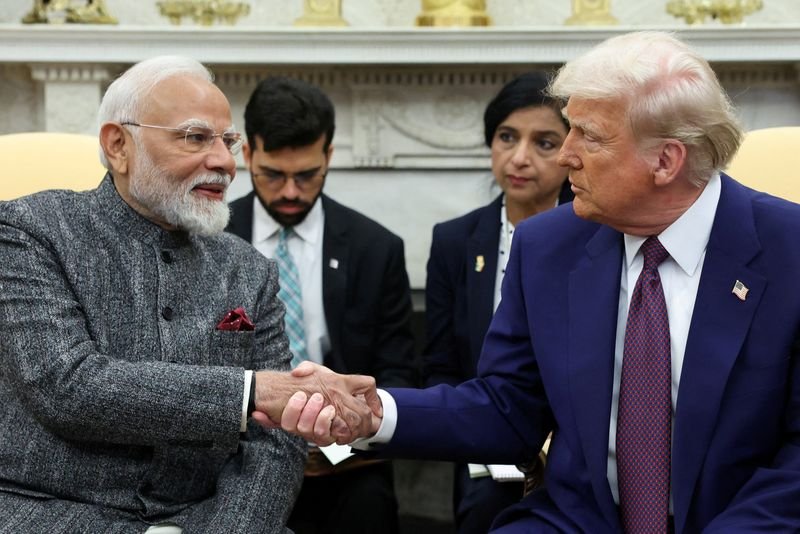U.S. Imposes 25% Tariff on Indian Goods Starting August 1
As trade relations between the United States and India evolve, significant changes are on the horizon. Beginning August 1, the U.S. government will implement a 25% tariff on a range of imports from India. This development marks a critical moment in international trade and has potential implications for various sectors.
Overview of the Tariff Policy
The decision to enforce this tariff is rooted in ongoing trade negotiations between the two countries. U.S. officials have expressed concerns over trade imbalances and have aimed to rectify them through this new policy. The 25% tariff will affect several key products imported from India, bringing a spotlight on the trade dynamics at play.
Impact on Indian Industries
Indian manufacturers and exporters could face significant challenges due to the tariff. Sectors such as textiles, electronics, and agricultural products are likely to be hit the hardest. Increased costs will affect profit margins, potentially leading to adjustments in pricing strategies for goods meant for the U.S. market.
Many companies may need to consider alternative markets or adapt their production processes to mitigate the tariff’s impact. This development highlights the interconnectedness of global trade and how policy decisions can ripple through various industries.
U.S. Trade Strategies
The U.S. government has aimed to bolster its domestic industries by making foreign imports more expensive. By implementing a 25% tariff on Indian goods, officials hope to encourage consumers to support American-made products. This strategy aligns with broader economic goals of strengthening the local economy and reducing dependency on foreign goods.
Moreover, this move is part of a larger pattern in U.S. trade policies aimed at recalibrating trading relationships with several nations. The administration’s approach emphasizes the importance of addressing trade deficits and creating a more balanced trading environment.
Reactions from the Business Community
The announcement has drawn mixed responses from the business community. Some U.S. manufacturers support the tariff, believing it could boost local production. Others, however, raise concerns about the potential increase in prices for consumers. Importers who rely on Indian goods may face challenges in managing their supply chains, which could lead to higher costs ultimately passed on to consumers.
Indian business leaders have voiced their apprehensions as well. They worry about job losses and the overall economic impact if exports to the U.S. decline. Many are actively seeking government support to navigate the shifting trade landscape.
Long-term Economic Implications
The introduction of a 25% tariff on Indian goods could have far-reaching consequences in the long run. For instance, it may encourage Indian manufacturers to innovate and improve their offerings to remain competitive. Conversely, persistent tariffs might strain the trading partnership and slow the growth of both economies.
Analysts suggest this shift in trade policies may prompt India to explore new markets beyond its traditional trading partners. Diversification could lead to emerging opportunities in regions such as Africa or Southeast Asia, potentially altering global trade dynamics.
Navigating the Future of Trade Relations
As the U.S. and India adjust to this new tariff landscape, businesses on both sides will need to navigate the changing environment carefully. Strategies that prioritize flexibility and innovation may prove beneficial in responding to future challenges. Understanding the nuances of trade policies will be essential for stakeholders aiming to thrive in this evolving market.
Moreover, open dialogue between the two nations remains crucial. Diplomacy and negotiation could pave the way for more favorable trade agreements that benefit both economies. Strengthening partnerships through dialogue may help mitigate the effects of tariffs and create a more robust trading environment.
In summary, as the U.S. imposes a 25% tariff on imports from India, both countries are positioned at a critical juncture in their trade relationship. The response from industries, consumers, and policymakers will shape the course of future interactions. Understanding these dynamics will be essential for businesses aiming to remain competitive in a complex global market.
